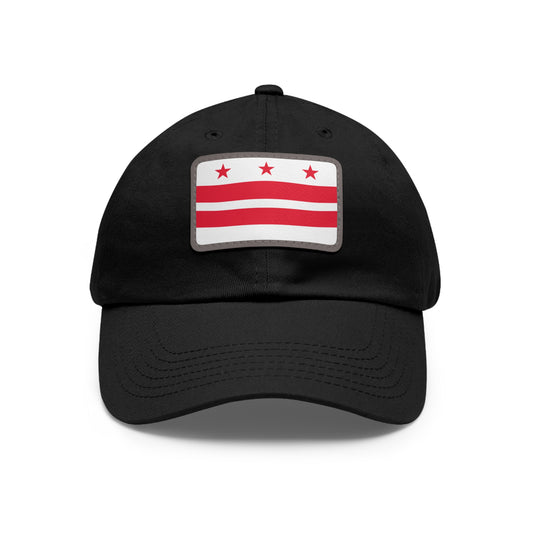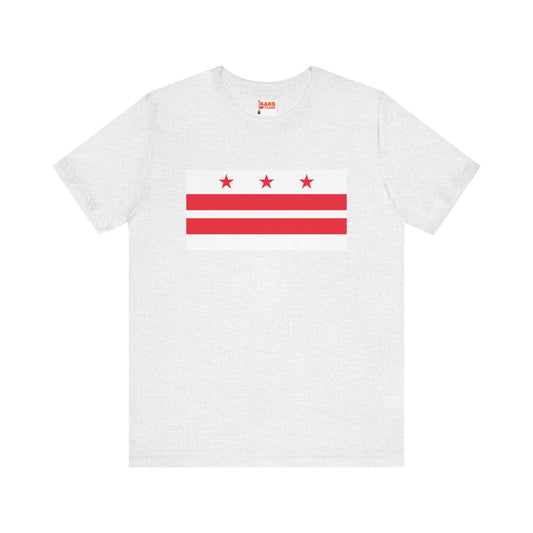-
District of Columbia Leather Patch Hat
Regular price $18.85 USDRegular priceUnit price / per -
District of Columbia Flag Sweatshirt
Regular price $34.15 USDRegular priceUnit price / per -
District of Columbia Inspired Sweatshirt
Regular price From $31.58 USDRegular priceUnit price / per -
District of Columbia Pillow
Regular price $24.08 USDRegular priceUnit price / per -
District of Columbia Sweatshirt
Regular price $34.15 USDRegular priceUnit price / per -
District of Columbia Backpack
Regular price $68.00 USDRegular priceUnit price / per -
District of Columbia Mug
Regular price $11.65 USDRegular priceUnit price / per -
District of Columbia Trucker Cap
Regular price $15.08 USDRegular priceUnit price / per -
District of Columbia Hoodies
Regular price $34.40 USDRegular priceUnit price / per -
District of Columbia T-shirts
Regular price $22.79 USDRegular priceUnit price / per -
District of Columbia Flag Hoodies
Regular price $34.40 USDRegular priceUnit price / per -
District of Columbia Inspired Hoodie
Regular price $34.40 USDRegular priceUnit price / per -
District of Columbia Inspired T-shirt
Regular price $22.79 USDRegular priceUnit price / per -
District of Columbia Flag T-shirts
Regular price $22.79 USDRegular priceUnit price / per
Collection: US State: District of Columbia DC flag
The District of Columbia flag, also known as the flag of the District of Columbia, symbolizes pride and identity for residents of the nation's capital. With a unique design and rich historical significance, the flag holds a special place in the hearts of those who call Washington, D.C., home.
Overview of the District of Columbia Flag

The flag of the District of Columbia boasts a distinctive design characterized by two bold red stripes running horizontally across a field of white. Above these stripes, three red stars are positioned, each star equidistant from the others. This simple yet striking pattern is memorable and deeply symbolic, echoing the district's historical and geographical roots. The choice of colors—red and white—adds to the flag's visual impact, ensuring it stands out during displays alongside other flags. This straightforward design encapsulates the essence of the District of Columbia, making it an emblem immediately recognizable to those familiar with the nation's capital.
Historical Context of the Flag
The journey to adopting the District of Columbia flag was lengthy, culminating on October 15, 1938, when it was officially sanctioned as the emblem of the nation's capital. The absence of a flag before this date left the district without a visual symbol of its identity and sovereignty. This gap prompted a growing discourse among city stakeholders on the necessity of an emblem that could encapsulate the spirit and history of the area.
The call for a flag led to a community and governmental effort to conceive a design that would fulfill this need. Charles A.R. Dunn's design, chosen through a competition, struck a chord for its simplicity and meaningful representation of the district's heritage. The year 1938 marked the end of a flagless period for the District of Columbia, providing it with a symbol that was both a nod to its past and a beacon for its future.
The period leading to the flag’s adoption was characterized by a robust engagement with the district's identity, reflecting a desire among its citizens for a distinct and emblematic representation of their home. This process of adoption and the eventual acceptance of the flag underscore the importance of symbols in unifying and defining communities, highlighting a significant chapter in the district’s journey toward establishing its visual and cultural identity.
Symbolism of the Flag's Design
The design of the District of Columbia flag is imbued with rich symbolism that reflects both the historical and geographical essence of the capital. The red stars positioned at the top of the flag represent the three cities consolidated in 1871 to form the District: Georgetown, the City of Washington, and the County of Washington. This union is a significant element of the district's history, indicating the coming together of diverse communities under a single municipal government. Below these stars, the two red stripes symbolize the Potomac River and the Anacostia River, the main waterways that flank the district and have been central to its development and history.
The colors chosen for the flag also carry symbolic weight. Red, a color often associated with valor and bravery, underscores the courage and resilience of the district's residents throughout its history. White represents purity and the lofty ideals upon which the nation's capital was founded. Together, these elements form a visual narrative that encapsulates the district's past, growth, and enduring values. Thus, The flag serves as a municipal emblem and a reminder of the District of Columbia's unique place in American history and the principles of unity and strength it embodies.
Current Relevance of the Flag
Today, the District of Columbia flag maintains its significant presence, prominently featured in various settings, from government buildings to local businesses and even in protests advocating for D.C. statehood. Its appearance at national events and military ceremonies underscores the flag's role as a powerful symbol of the capital's identity and the broader aspirations of its residents for recognition and equality. The flag's usage extends beyond formal occasions; it is a common sight in neighborhoods across the district, where it adorns license plates, apparel, and merchandise, further embedding it into the city's cultural fabric.
This widespread embrace, however, does not obscure ongoing debates about its representation. As the demographics and dynamics of the district continue to evolve, discussions about the flag's inclusivity and relevance to all of D.C.'s communities have emerged. These conversations reflect a larger dialogue about identity, representation, and the meaning of symbols in an increasingly diverse society. Despite these debates, the flag remains a potent emblem for many, encapsulating a sense of pride, resilience, and the ongoing struggle for D.C.'s autonomy and rights. Its current relevance is rooted in tradition and actively shaped by its role in contemporary movements and the ever-changing narrative of the District of Columbia.
Additional Facts and Flag Protocols
When displaying the District of Columbia flag, it's essential to follow certain etiquette guidelines to show proper respect. One key protocol is that when the flag is presented alongside other flags, it occupies a prominent position to the observer's left. Furthermore, ensuring the flag never contacts the ground is crucial, reflecting the respect owed to this symbol of the district's identity and heritage. Additionally, the flag should always be displayed in a manner that honors its significance, whether it's being raised on a flagpole or hung in a public space.
An intriguing aspect of the District of Columbia flag originates from a design competition highlighting the community's active participation in crafting a symbol that resonates with its residents. This fact underlines the flag's role as a unifying emblem conceived by and for the people of the District, showcasing their pride and collective identity. Moreover, the flag's unique design and symbolism have fostered a sense of belonging and pride among the district's inhabitants, making it an enduring symbol of their community's values and aspirations.




























